Keywords: Network of Research Centers and Field Stations (RCER)
Discover news and initiatives about the regional centers and field stations operated by UC Chile across the country.

UC Chile Contributes to the Venice Biennale of Architecture With Reflections on Climate and AI
The three projects presented by Pontificia Universidad Católica de Chile (UC Chile) at the world’s premier architecture exhibition, the Venice Biennale of…
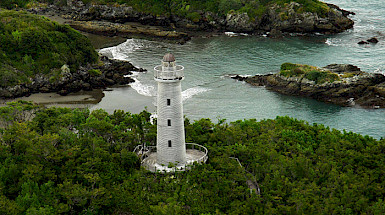
UC Chile and Tantauco Foundation Partner to Advance Research and Training in Conservation
The memorandum of understanding between UC Chile’s Network of Research Centers and Field Stations (RCER) and the Tantauco Park Foundation will promote research…

Awakening Scientific Curiosity from Atacama to Patagonia
The UC Chile Network of Research Centers and Field Stations (RCER UC, as per its Spanish acronym) enhances the interdisciplinary work of UC Chile researchers…
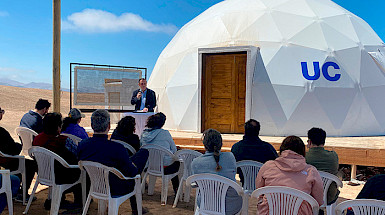
Transforming Fog into Water in the World’s Driest Desert
The Atacama Desert Research Station, inaugurated as part of the Desierto Vivo (Living Desert) project funded by the Public Science program, is a pioneering…

Researcher Juan Carlos Castilla Highlight ECIM as a Beacon for Marine Conservation
Established four decades ago in Las Cruces, UC Chile Coastal Marine Research Station (ECIM) emerged in response to the need for a dedicated hub for marine…

Linking Science and Action Networks from Chile to California: A model for global collaboration
Lisa Micheli, president, and CEO of Pepperwood Foundation of California, toured the UC Chile network and regional stations. This column describes her…
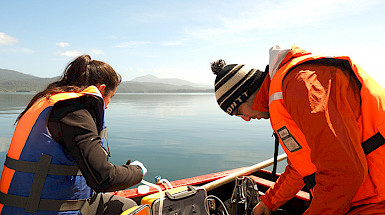
Find Out What UC Chile Has Been Researching in Patagonia
The impact of climate change on glaciers and the effects of human activities on the Patagonian ecosystem are just some of the topics studied at the UC Chile…
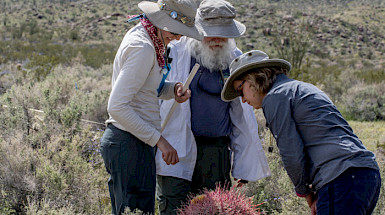
UC Chile signs an agreement with the University of California and its 41 nature reserves for joint research
To promote collaborative studies and investigate the causes and effects of climate change on biodiversity, to monitor socio-ecological processes in arid lands…
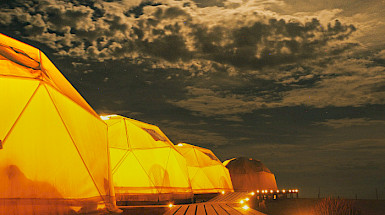
UC Chile Atacama Station: A Role Model in the Study of Fog
Fog could be a key source of freshwater. It is why the research station is preparing a fog map and conducting studies on the composition of fog to make the…

Plants Living on the Edge of Aridity in the Atacama Desert
Better known as airplants, tillandsias are unique species capable of capturing water from the ground and the fog. This particularity has made them excellent…